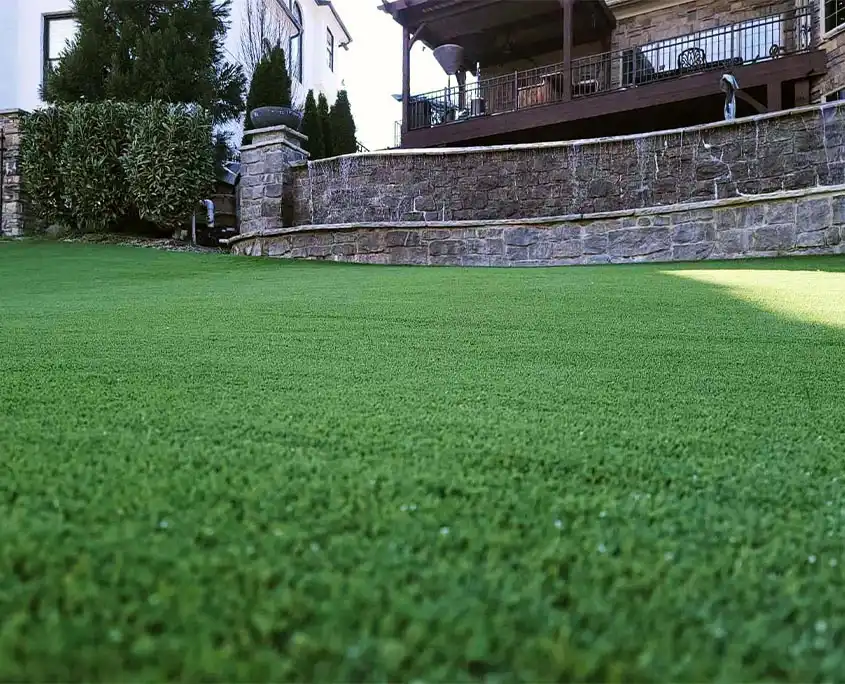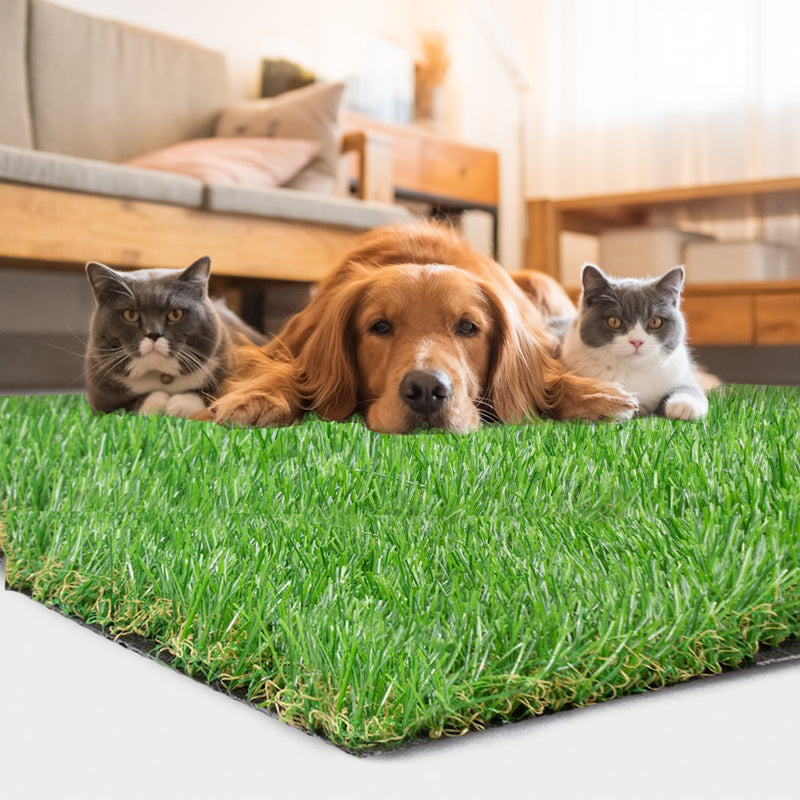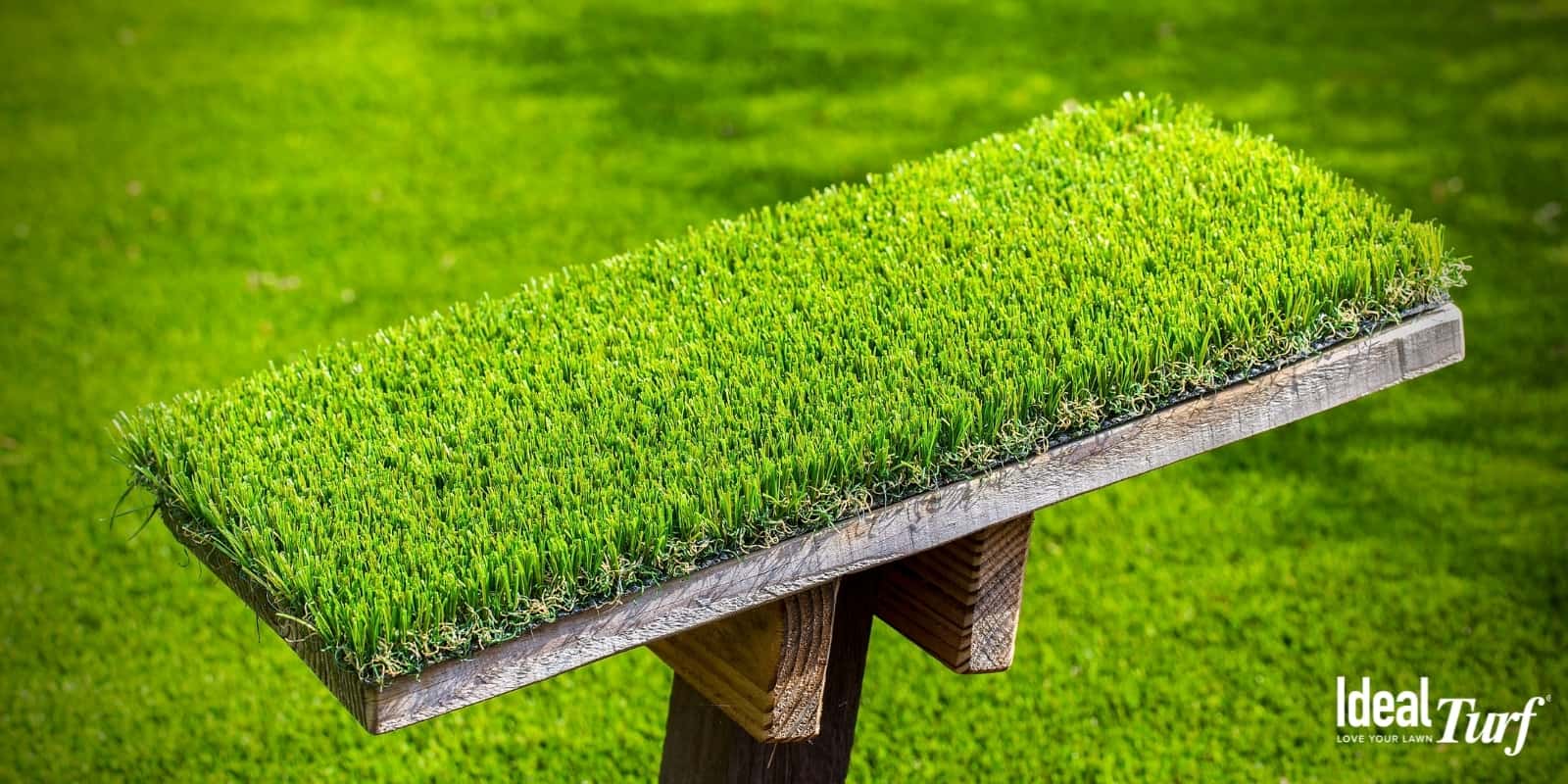Durable Arizona Artificial Turf for Residential and Commercial Applications
Durable Arizona Artificial Turf for Residential and Commercial Applications
Blog Article
Explore the Environmental Perks of Opting for Synthetic Grass Solutions
The adoption of synthetic lawn remedies presents a compelling chance to attend to pushing ecological obstacles. By considerably minimizing water use and decreasing the application of hazardous chemicals, these options not only advertise lasting landscape design however additionally shield regional communities.
Water Preservation Perks
Among one of the most considerable advantages of synthetic grass is its capability to save water. Conventional turf lawns require substantial watering, specifically in locations vulnerable to dry spell or water limitations. In contrast, synthetic turf does not require watering, considerably decreasing the overall need for water sources. This function is especially useful in arid regions where water scarcity is a pushing problem.
By eliminating the demand for routine watering, fabricated grass adds to sustainable landscape techniques and helps minimize the environmental effect of excessive water usage. The preservation of water extends to the reduction of drainage, which can lead to dirt erosion and waterway air pollution.
Additionally, the setup of synthetic grass enables house owners and districts to allocate water resources a lot more successfully, focusing on important uses such as alcohol consumption water and farming. The change towards synthetic grass not just advertises liable water use but also lines up with more comprehensive ecological objectives focused on preserving natural deposits.
As areas significantly focus on sustainability, the water preservation advantages of fabricated turf present a compelling case for its adoption in industrial and domestic landscaping jobs.
Decreased Chemical Usage
The shift to synthetic grass considerably reduces the reliance on chemical treatments commonly used in all-natural yard upkeep. Standard grass administration usually includes the application of herbicides, chemicals, and plant foods to promote growth and control parasites. These chemicals can present dangers to human health, local wild animals, and the atmosphere, contributing to soil and water contamination.
In comparison, artificial lawn eliminates the requirement for these damaging materials. By reducing the launch of synthetic compounds right into the community, fabricated grass advertises healthier dirt and water systems.
Moreover, the absence of chemical drainage connected with man-made turf setups aids protect regional rivers from pollution, supporting water life and keeping biodiversity. Turf installation phoenix az. As neighborhoods significantly focus on sustainable methods, choosing synthetic grass provides a feasible remedy that aligns with environmental conservation goals. With this change, residential or commercial property proprietors can appreciate lavish green spaces without compromising environmental health and wellness, leading the method for a more sustainable future
Lower Carbon Footprint

Additionally, the setup of synthetic grass can result click this in considerable water conservation. All-natural grass call for substantial amounts of water for irrigation, which not only includes in the carbon footprint related to water removal and therapy yet additionally strains local water resources. On the other hand, artificial grass requires very little upkeep, needing no watering, therefore significantly reducing water usage and its associated power prices.
In addition, the long life of fabricated lawn adds to its lower carbon effect. With a life expectancy of as much as 15 years or more, the requirement for frequent replacements is lessened, causing much less waste and reduced energy consumption in manufacturing and dealing with traditional grass choices. On the whole, fabricated grass provides a sustainable alternative for ecologically mindful landscaping.
Environment Conservation
Habitat preservation is an essential factor to consider in the dispute over landscaping selections, especially when comparing fabricated grass to natural turf. All-natural lawn lawns frequently require considerable maintenance, consisting of the usage of fertilizers, chemicals, and herbicides, which can negatively impact neighborhood ecological communities. These chemicals can leach right into the soil and rivers, hurting indigenous plants and fauna and interfering with local environments.
Artificial turf eliminates the need for damaging chemicals, consequently shielding neighboring wildlife and preserving the integrity of surrounding communities. The setup of man-made grass can lead to the conversion of former turf areas right into even more biodiverse landscapes, such as pollinator gardens or native plant areas, which can support neighborhood wild animals.
Inevitably, the change to synthetic grass not just saves water and decreases maintenance efforts yet additionally fosters an extra unified connection between human activities and the all-natural setting, promoting habitat conservation while doing so.
Long-Term Sustainability
Long-lasting sustainability is a vital aspect in assessing the advantages of artificial lawn over standard turf yards. Among the most significant advantages of synthetic grass is its durability; it can last approximately 15-20 years with very little maintenance, whereas all-natural turf calls for regular reseeding and replacement. This long life decreases the need for consistent resources, such as water, plant foods, and pesticides, which are essential for preserving a healthy yard lawn.
In addition, synthetic turf adds to a decrease in carbon discharges related to useful link yard treatment devices. go to this website Traditional yards often require gas-powered lawn mowers, trimmers, and blowers, every one of which add to air pollution. Phoenix turf companies. In contrast, man-made lawn eliminates the requirement for such tools, promoting a cleaner atmosphere
Moreover, the manufacturing of man-made grass significantly utilizes recycled materials, boosting its sustainability account. As makers take on eco-friendly methods, the environmental impact of synthetic grass proceeds to diminish.

Final Thought
The fostering of synthetic grass remedies presents substantial environmental advantages, including significant water conservation, reduced dependence on damaging chemicals, and a reduced carbon impact. Synthetic lawn help in maintaining natural environments by reducing land disturbance and promoting lasting sustainability through the use of long lasting products. Jointly, these variables highlight the capacity of man-made lawn to contribute positively to ecological health and provide a practical option to standard landscaping techniques in a significantly resource-conscious world.
In contrast, fabricated grass does not need watering, substantially lowering the general demand for water resources. By decreasing the release of artificial substances right into the community, fabricated grass advertises much healthier soil and water systems.
Additionally, the setup of artificial grass can result in significant water conservation. In contrast, man-made grass needs very little maintenance, requiring no watering, therefore significantly reducing water usage and its associated energy prices.

Report this page